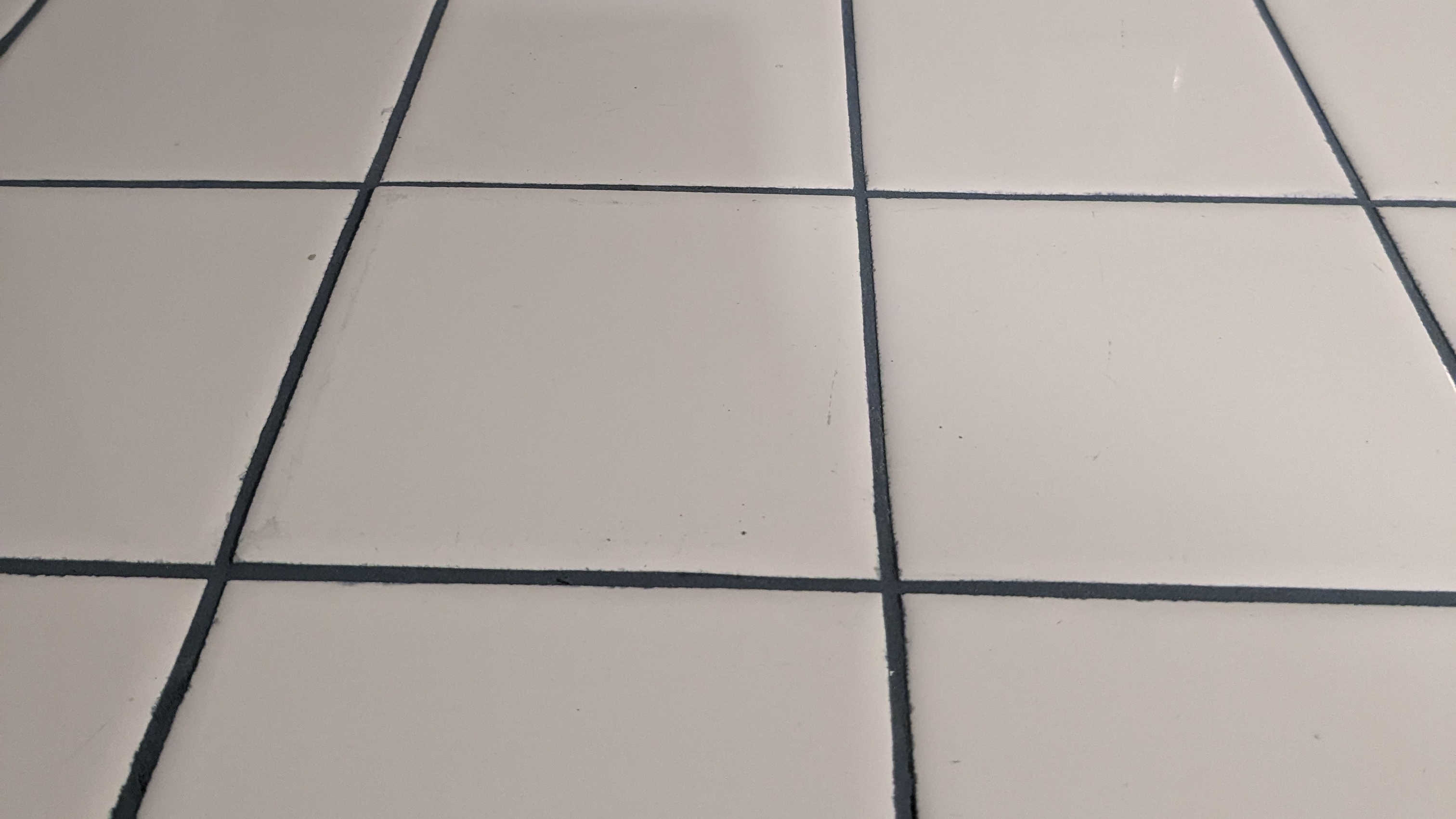A sanitary house should be dry, sunny, well ventilated, and properly drained. City houses built in rows are usually restricted in plan and location by official regulations as to material, height, etc., while they are generally supplied with water, sewerage, street lamps, sidewalks, and facilities for removing ashes and garbage which are not to be had by the rural householder. The latter therefore must pay more heed to his surroundings, and is often at a loss how to provide water and drainage. He is also more influenced by local conditions than is a city resident, and he should, therefore, not decide hastily when selecting a home.
The proper planning of a house insures half of its success. It is therefore economical to employ an experienced architect. A layman can not judge material, and it is easy to “scamp” hidden work. It is inadvisable to “lump” the work to one contractor; and it is better to hold each mechanic responsible for his share. This is especially true of plumbing, where a small defect may do incalculable mischief. Then again, a well-built house can be warmed far more easily than one that is full of cracks and rattling windows. It is therefore wise to have double walls and floors, and to provide double windows and weather-strips to exclude cold air and avoid drafts.
Location
With regard to the location, a southern exposure is desirable. The rooms which most need the sun are the kitchen, dining-room, nursery, and bathroom. Broad piazzas darken the interior, and too many shade trees foster damp. Evergreen trees should not touch the ground to collect dead leaves, create breeding-places for insects, and obstruct air-currents. Trees in rows should be so far apart as not to touch each other. Shrubbery will insure privacy and not restrict the view. The house should stand far enough from the street or road to avoid dust, yet not far enough to be isolated.
The Soil
Ground-air has an important bearing on health. The interstices of the soil are filled with air which is apt to be contaminated by surface soakage and by the capillary attraction of the ground-water which varies in height at different seasons, as is shown by the height of the water in adjoining wells. A heavy rain-storm occurring after a drought, when the ground-water is at its lowest, will cause it to rise rapidly and force the air in the soil upwards into dwellings. This movement is aided by the suction of stoves, open fires, and lamps, and by the fact that there is less pressure in the soil under a building than during a wind-storm outside, while frozen ground is more impervious to air than earth in a cellar. Ground-air is made up largely of gases of putrefaction and decomposition, especially carbon-dioxid, and it is decidedly unwholesome. It is therefore of vital importance that every cellar, even in houses built on gravelley soil, should have a cement flooring. If a house stands on made or marshy ground, or near a watercourse, the cellar should be further protected by a water-proof lining made of bricks dipped in hot asphalt, with a layer of tarred roofing-paper, covered with broken stones and Portland cement. Such a barrier will be as impervious to damp as a ships’ bottom. Hippocrates said: “Pure soil, pure air, and pure water are the essentials of health.” A dry site is therefore of first importance. Clay is wet; rock is cold and contains rifts that collect water; loam is good; but sand is better. In every case, however, provision must be made for surface drainage. It is not enough to dig a hole in the ground and set a box of stone or brick thereon and expect it to be habitable. An ordinary wall absorbs moisture by capillary attraction, like a candle-wick or crash towel. Place a brick in a pail of kerosene and it will burn like a torch. The ground around houses should be graded so as to shed surface water from the foundations. Leaders should not empty on the earth close to the wall of the house, but should be extended at least ten feet away to avoid creating damp.
To be continued….
- From The Standard Family Physician: A Practical International Encyclopedia of Medicine and Hygiene Especially Prepared for the Household. Copyright 1907 by Funk & Wagnalls.





Leave a Reply